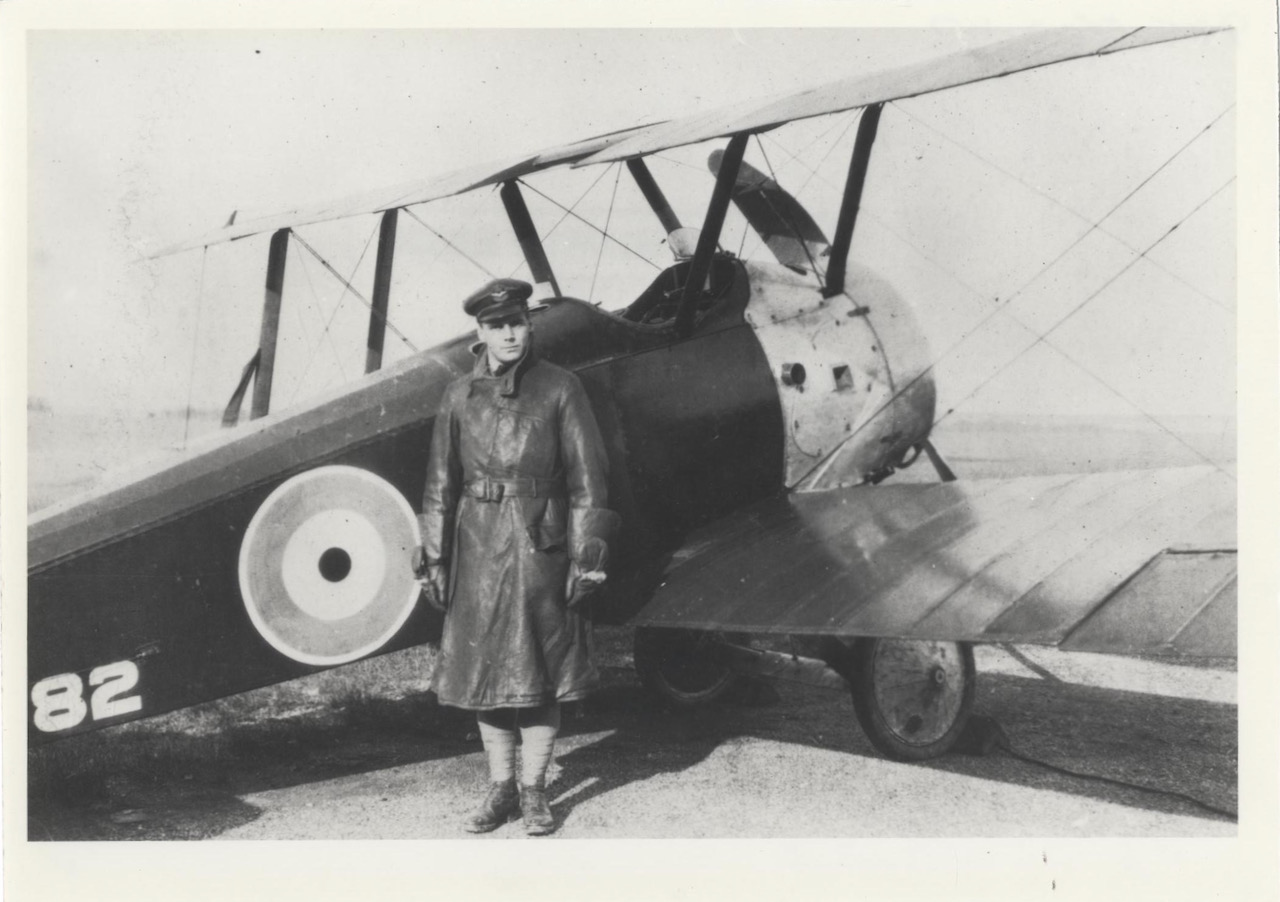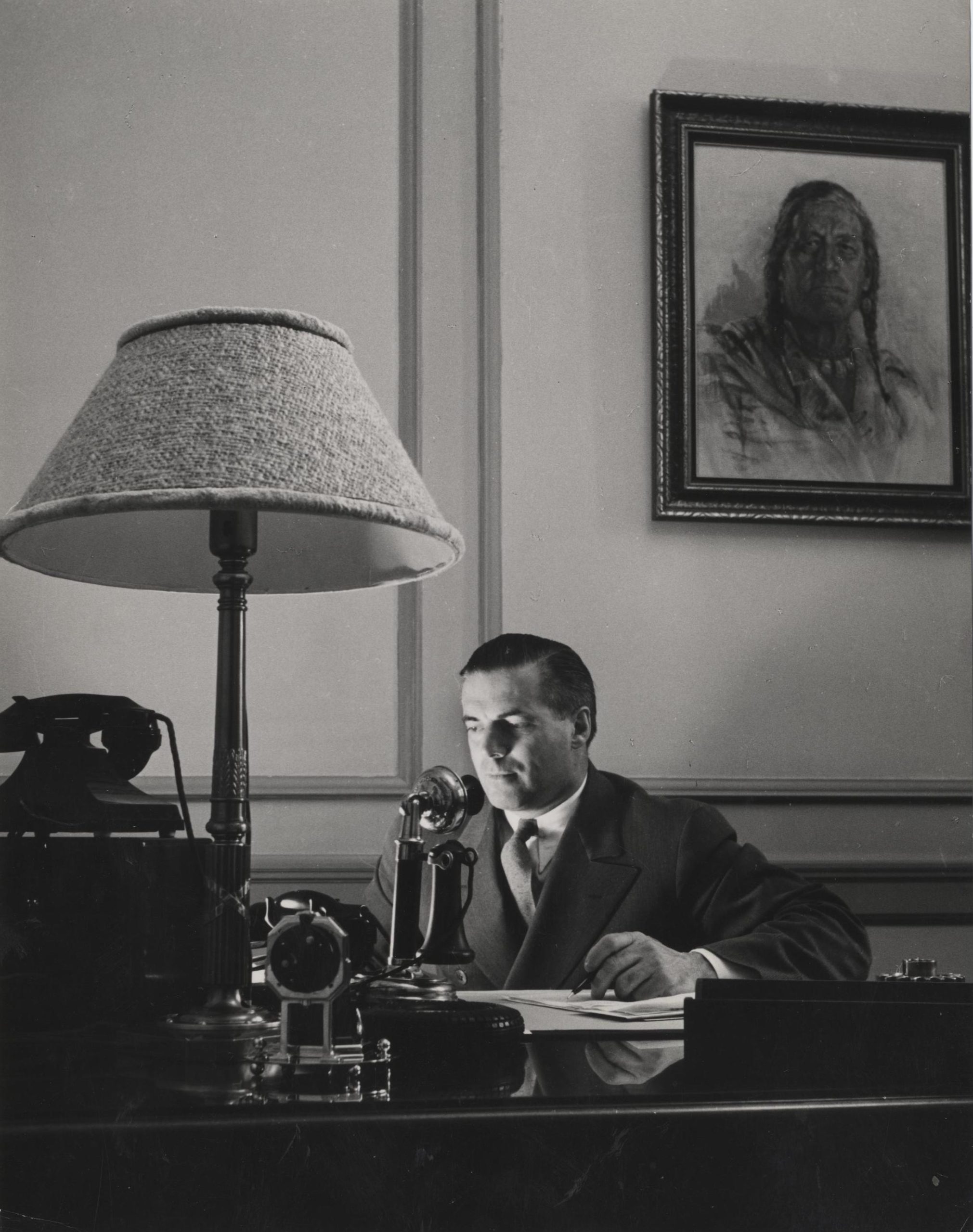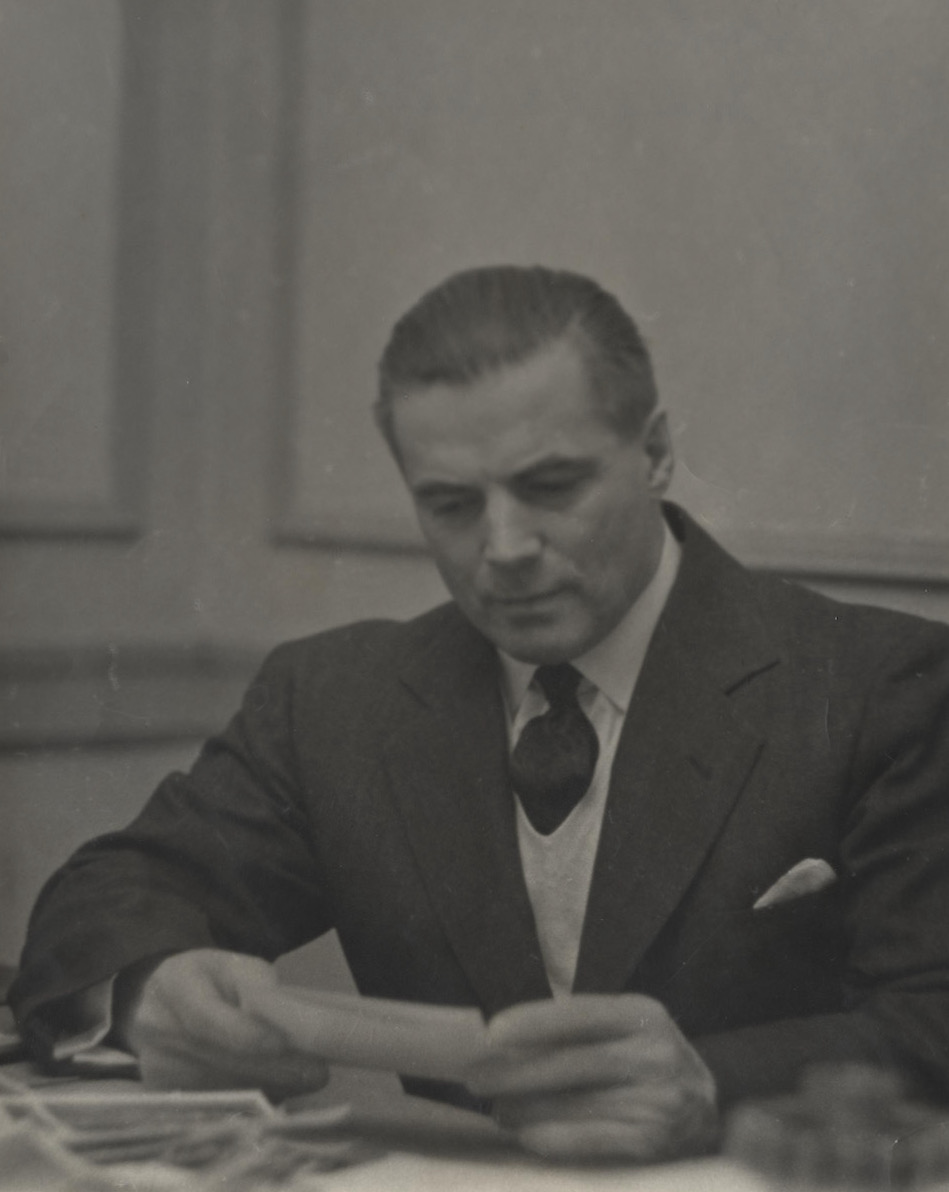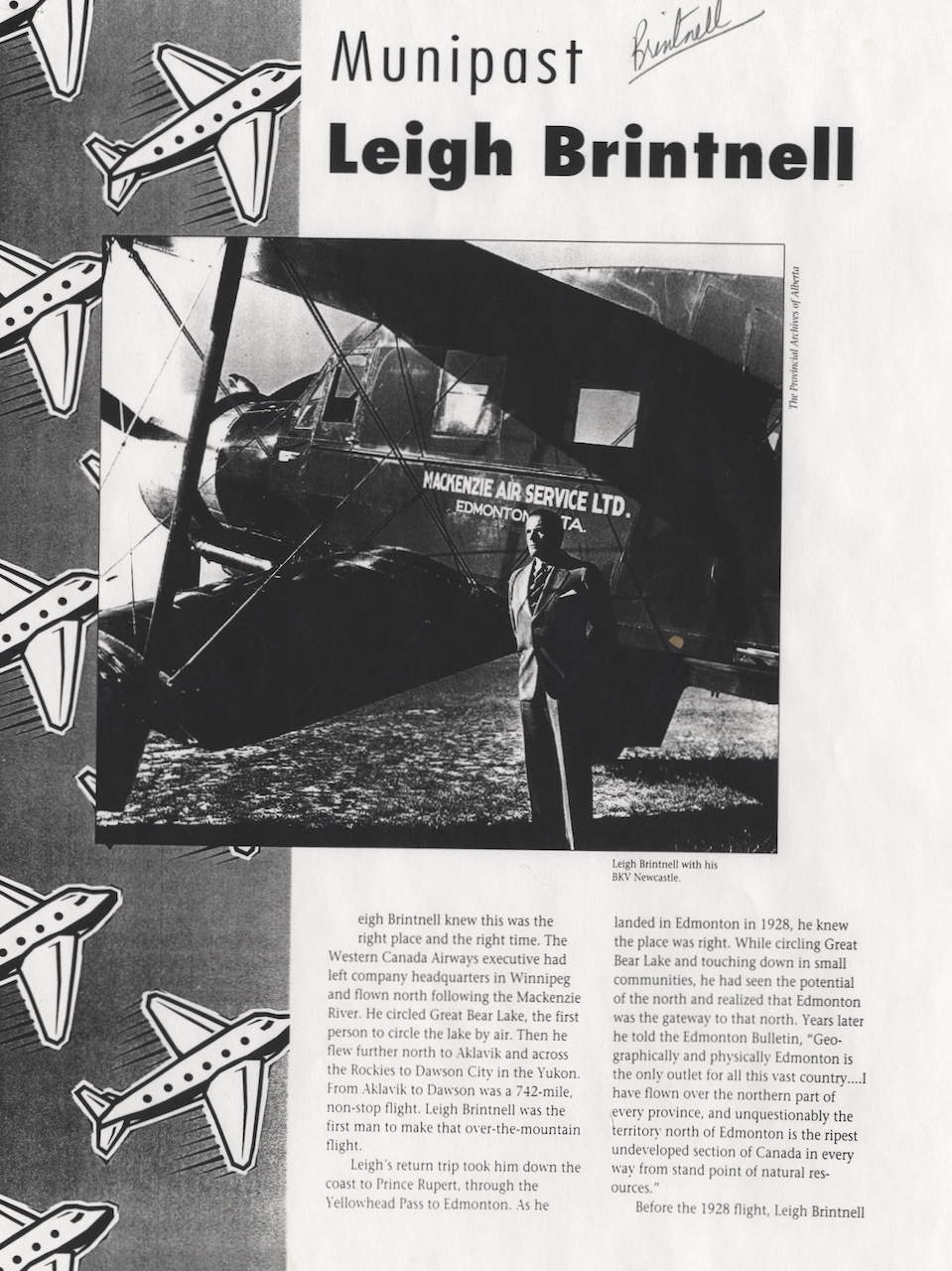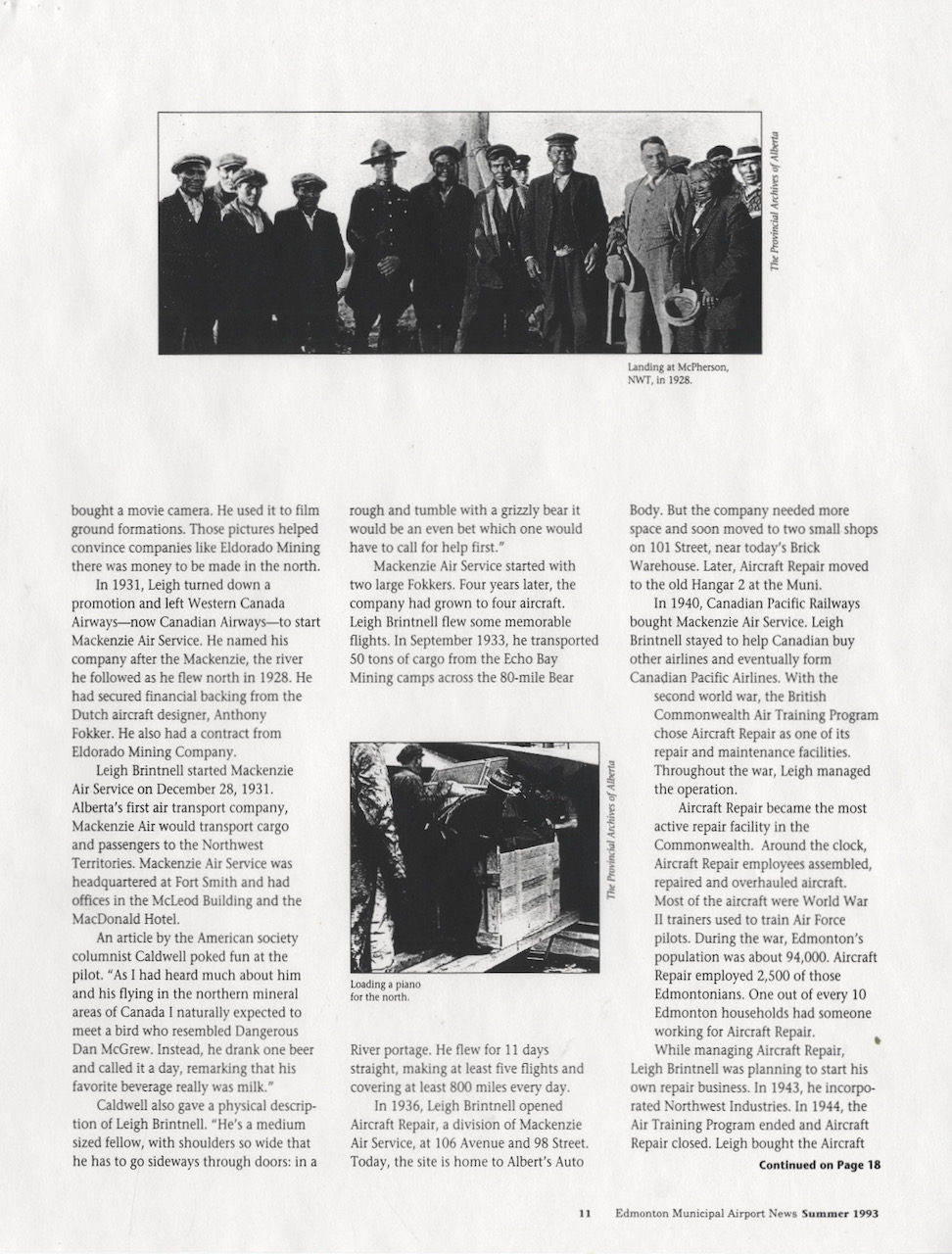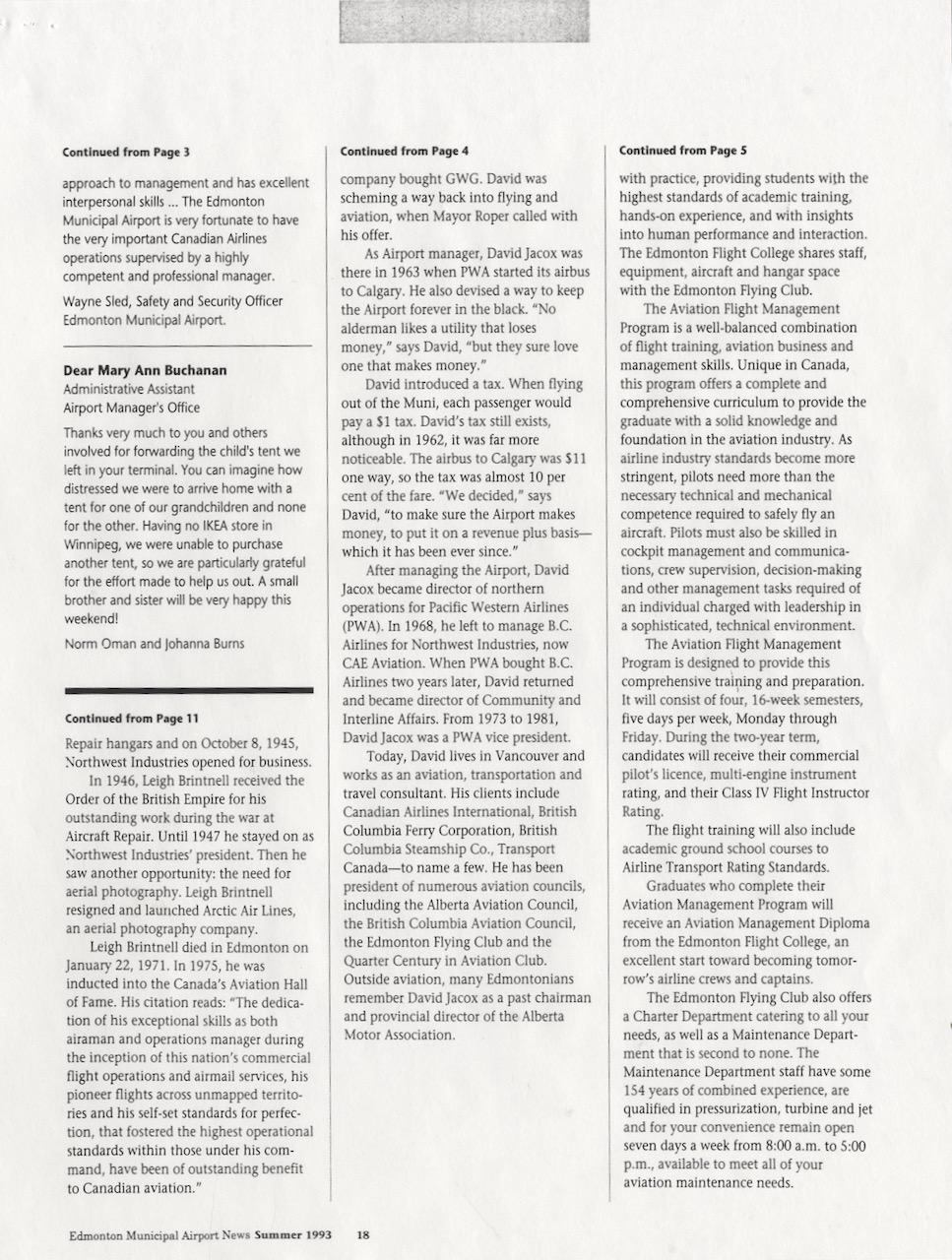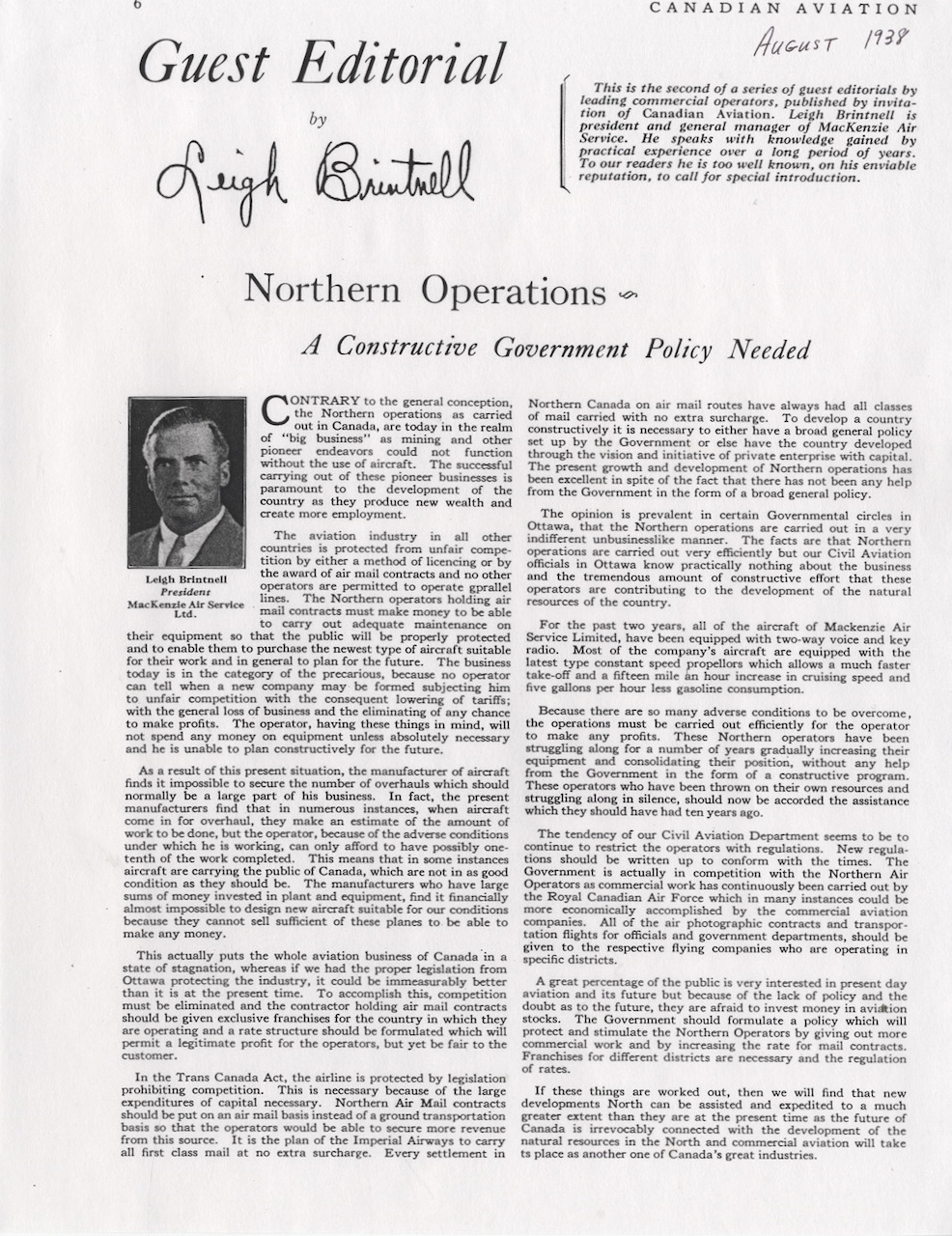Wilfred Leigh Brintnell
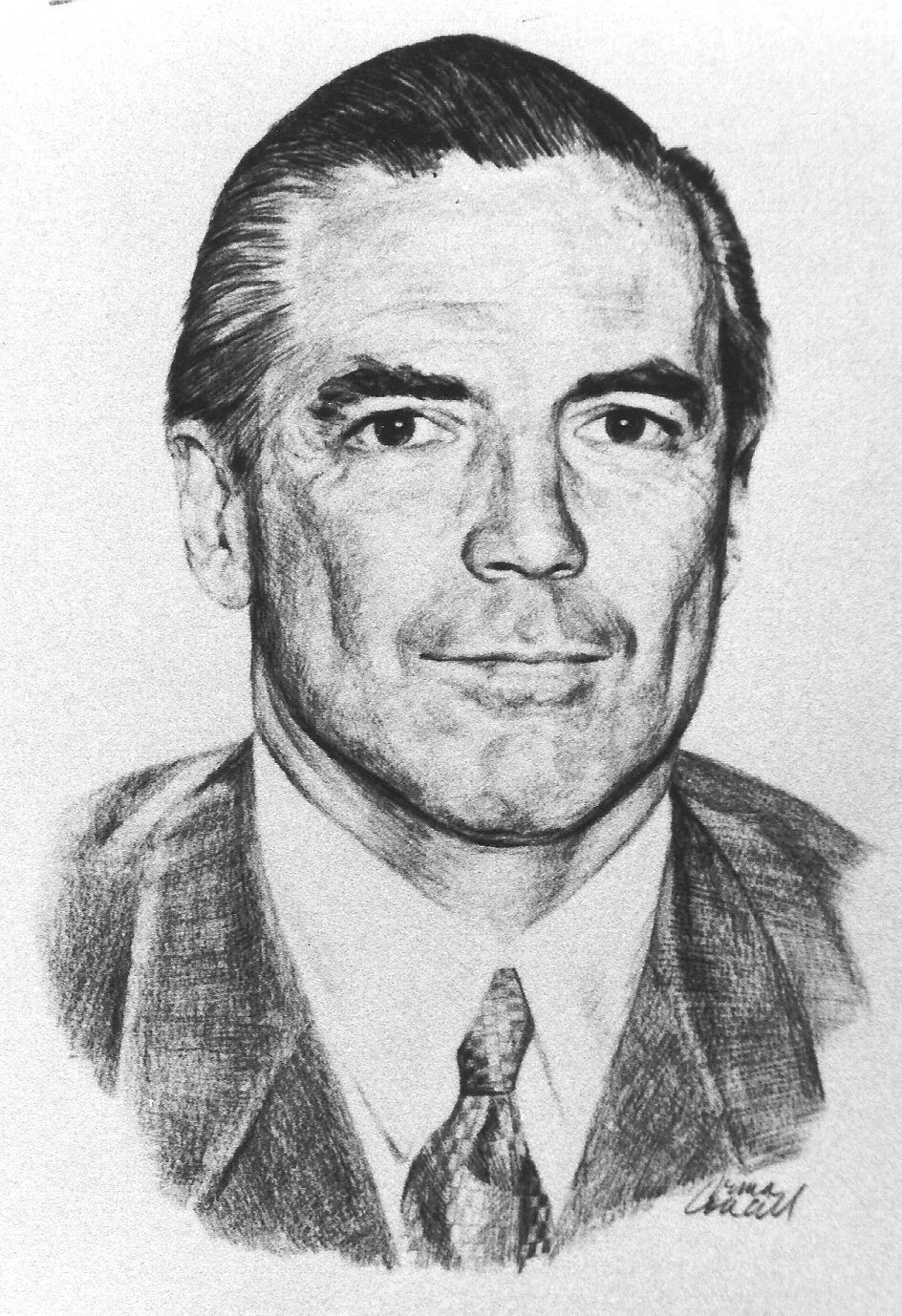
Birth Date: August 27, 1895
Birth Place: Belleville, Ontario
Death Date: January 22, 1971
Year Inducted: 1976
Awards: OBE
The dedication of his exceptional skills as both airman and operations manager during the inception of this nation's commercial flight operations and and airmail services, his pioneer flights across unmapped territories and his self-set standards for perfection have fostered the highest operational standard within those under his command and have been of outstanding benefit to Canadian aviation
The Early Years
Wilfred Leigh Brintnell, O.B.E., was born in Belleville, Ontario, on August 27, 1895. He was educated at Belleville and Kingston, Ontario, and at the Ontario Business College. In 1917 he joined the Royal Flying Corps (RFC) in Canada and received his Private Pilot's Licence at Deseronto, Ontario, where he became qualified as an instructor. He was assigned to instructional duties with the RFC at Fort Worth, Texas, and the Royal Air Force (RAF) at Camp Borden, Ontario. He was posted to the RAF's Central Flying School, Upavon, England, in 1918 to train on Sopwith Camel fighter aircraft. The war ended before he flew in combat, and he returned to Canada in 1919 to be discharged from service.
Brintnell spent the early post war years in the United States flying Curtiss JN-4's. In 1924 he joined the Ontario Provincial Air Service (OPAS) as a pilot.
Historic Moments
Western Canada Airways hired him in 1927, and the following year he was named superintendent of the company's base at Hudson, Ontario. This appointment was followed almost immediately by a promotion to manager of the line. During 1928 he piloted the first return flight from Winnipeg, Manitoba, to Vancouver, British Columbia, in a multi-engine aircraft.
In 1929 Brintnell completed an historic 9,000 mile (45,000 km) return flight in a Fokker Tri-Motor aircraft inspecting Western Canada Airway's bases. His route took him from Winnipeg north through the Northwest Territories, to Great Slave Lake, then following the Mackenzie River to Fort Norman. From there he flew north to Aklavik, on the Arctic coast, then completed the first over-the-Rockies flight from Aklavik to Dawson City in the Yukon. Brintnell continued to Prince Rupert, on the British Columbia coast, then flew back to Winnipeg via Edmonton, Alberta.
While on this trip, he became the first person to circle Great Bear Lake by air. He took aerial photographs of ground formations in the Great Bear Lake region and as a result of these pictures, uranium prospecting and mining began. During this trip he dropped off Gilbert LaBine, a prospector with Eldorado Mining and Exploration, at Great Bear Lake. It was LaBine's preliminary exploration which later led to his discovery of a rich deposit of silver mixed with pitchblende. LaBine returned to open the mining site called the Eldorado Mine at Port Radium on Great Bear Lake. Also, while on this trip, Brintnell decided he would some day form his own commercial northern airline.
Forging His Own Path
In 1931, Brintnell was appointed assistant general manager of Canadian Airways Limited, which had acquired Western Canada Airways. He resigned from this position to form Mackenzie Air Service Limited at Edmonton, Alberta, which began flying passengers into the Northwest Territories and the Arctic in 1932. On March 19, 1935, Brintnell and fellow pilot, Stan McMillan took off from the Eldorado Mine site in a Bellanca Aircruiser carrying the first shipment of radium concentrates. They brought the ore to the rail link at Waterways, near Fort McMurray.
Brintnell’s company continued to expand, with more aircraft and pilots added to meet the increasing demand for services. An advancement of the 1930's was airborne communications. An aerial wireless telegraphy system, along with a network of stations from the Edmonton base to the Beaufort Sea, was pioneered by a Mackenzie Air Service engineer.
Brintnell established his company in Edmonton because he saw the commercial potential of the north and realized Edmonton's strategic location. He is at least partly responsible for focusing the attention of oil companies, the mining world, and government on the north.
Mackenzie Air Service operated from 1932 to 1940 when the company was purchased by Canadian Pacific Railways (CPR). Brintnell stayed on with the company, assisting CPR to purchase other small companies. These were formed into Canadian Pacific Air Lines (CPA) in 1942.
Aircraft Repair Ltd
Brintnell left CPA to manage Aircraft Repair Limited in Edmonton, a company which had been given the task of repairing and maintaining Canada's military aircraft. He expanded Aircraft Repair and eventually formed it into Northwest Industries Limited, which he managed from 1945 until 1948. He then operated Arctic Air Lines, an aerial photographic company, until 1952.
Brintnell’s outstanding services were recognized by the government, when he was created an Officer of the Order of the British Empire (O.B.E., Civil) in 1946. He died in Edmonton on January 22, 1971.
Wilfred Leigh Brintnell was inducted as a Member of Canada's Aviation Hall of Fame in 1976 at a ceremony held in Edmonton, Alberta.
News Stories
To return to the Inductee Page, please click here.

